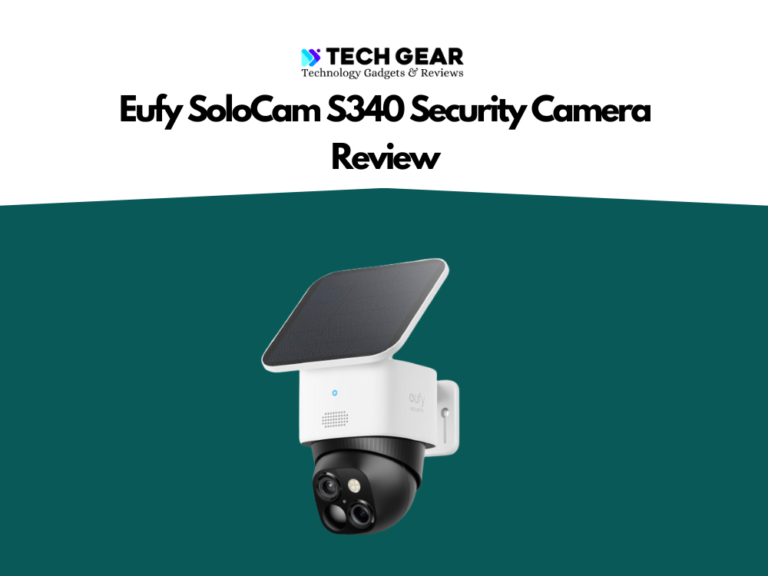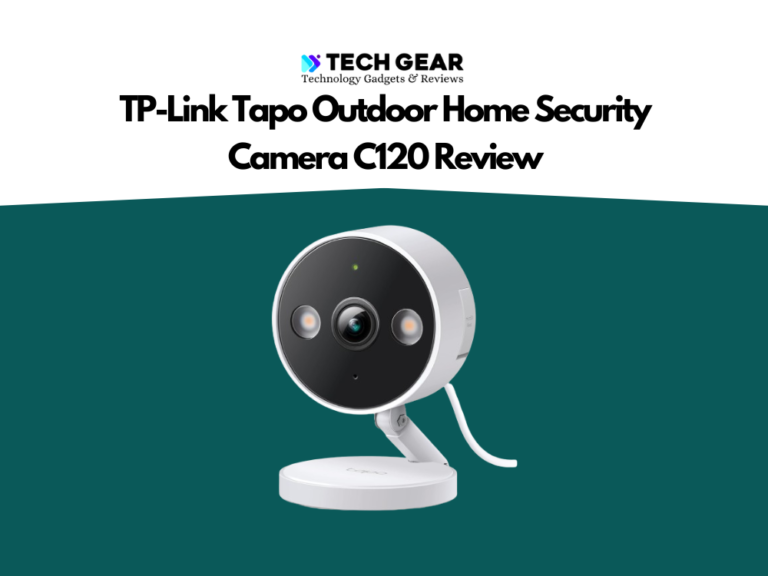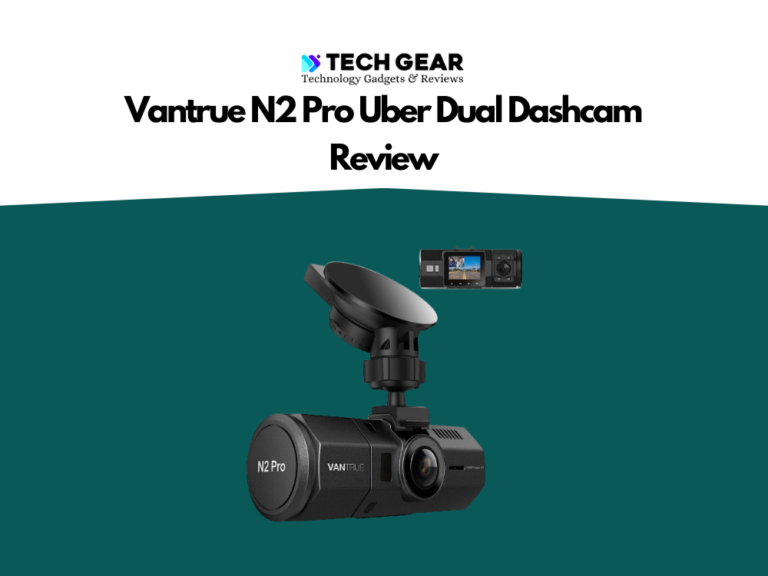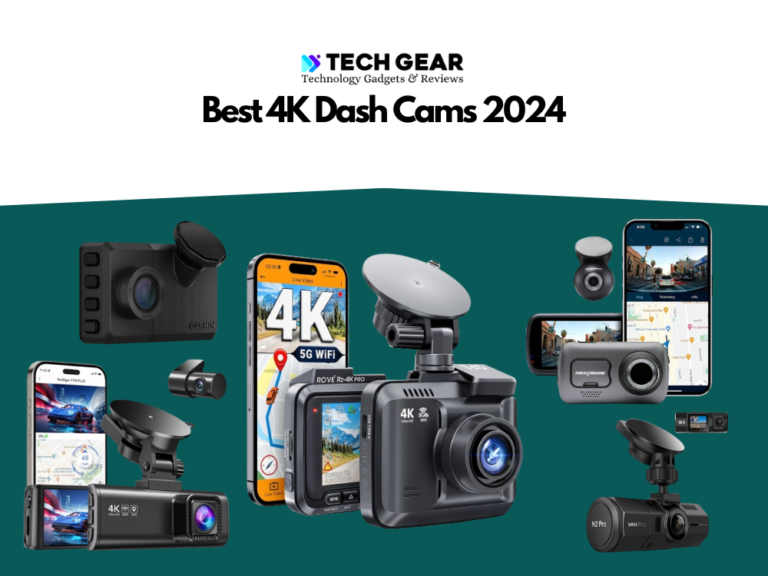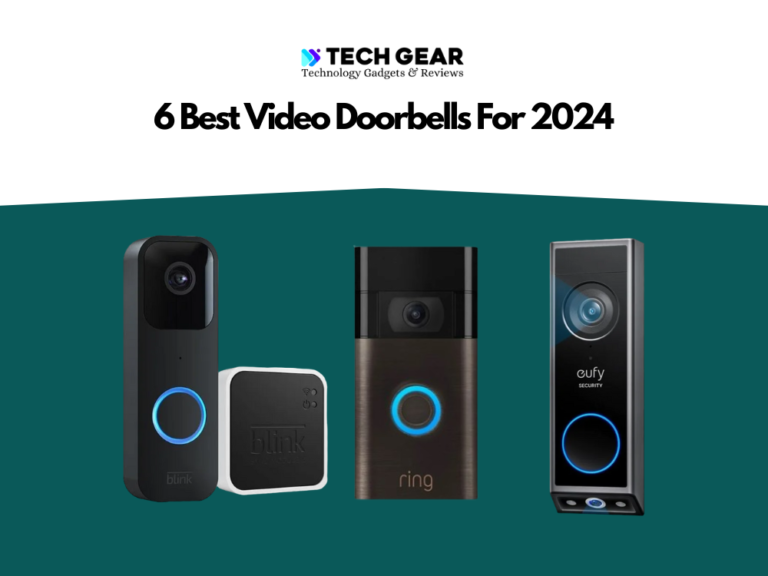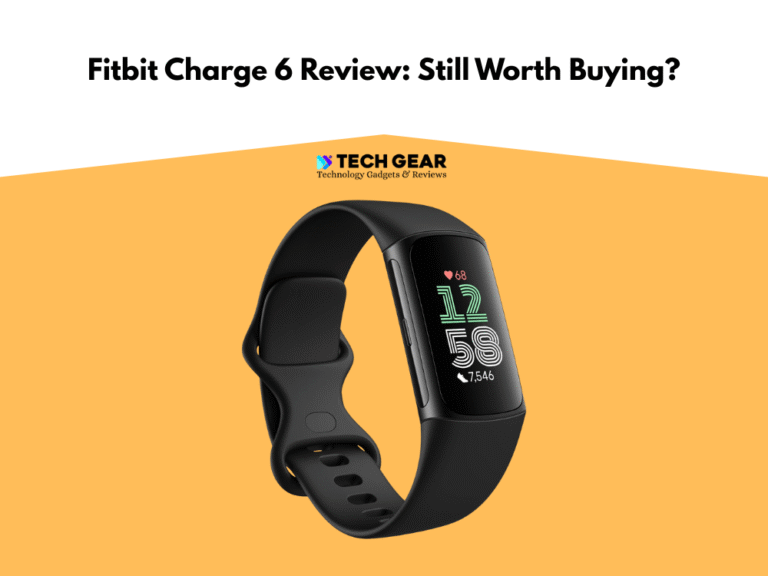Google Pixel Watch 2 VS. Samsung Galaxy Watch 6
Choosing the right smartwatch in 2025 isn’t just about looks anymore—it’s about how seamlessly it fits into your digital life. If you’re on the hunt for the best Android watch, chances are you’re comparing the Pixel Watch 2 vs Galaxy Watch 6. These two premium wearables from Google and Samsung bring serious upgrades, sleek designs, and feature-rich ecosystems to the table. But which one truly earns the title of best Android wearable this year? Whether you’re deep in the Google ecosystem or a loyal Samsung user, this head-to-head comparison breaks down everything from specs and performance to real-life usability—so you can pick the watch that fits your lifestyle best.
Pixel Watch 2 vs Galaxy Watch 6: Which Android Smartwatch Reigns Supreme?
When it comes to standout features, both the Pixel Watch 2 and Galaxy Watch 6 bring their own strengths to the Android wearable space. Google leans into its ecosystem with smart integrations like Google Assistant, Maps, and Fitbit-powered health tracking. Meanwhile, Samsung packs in advanced fitness tools, a vibrant display, and deep compatibility with Galaxy smartphones. From design and battery life to wellness insights and smart features, each watch offers a distinct experience that caters to different kinds of users. Let’s break down what each one brings to the wrist.
- Deep Google service integration: Assistant, Gmail, Maps, and more
- Fast Snapdragon W5 Gen 1 processor for smooth performance
- Fitbit-powered health tracking with improved accuracy
- Fast charging supports full-day use with just a short top-up
- Lightweight, minimalist design perfect for all-day comfort
- Only available in 41mm size — may feel small on larger wrists
- Advanced fitness metrics require a Fitbit Premium subscription
- No native repair service — device replacements only
- Domed glass design may scratch more easily without a case
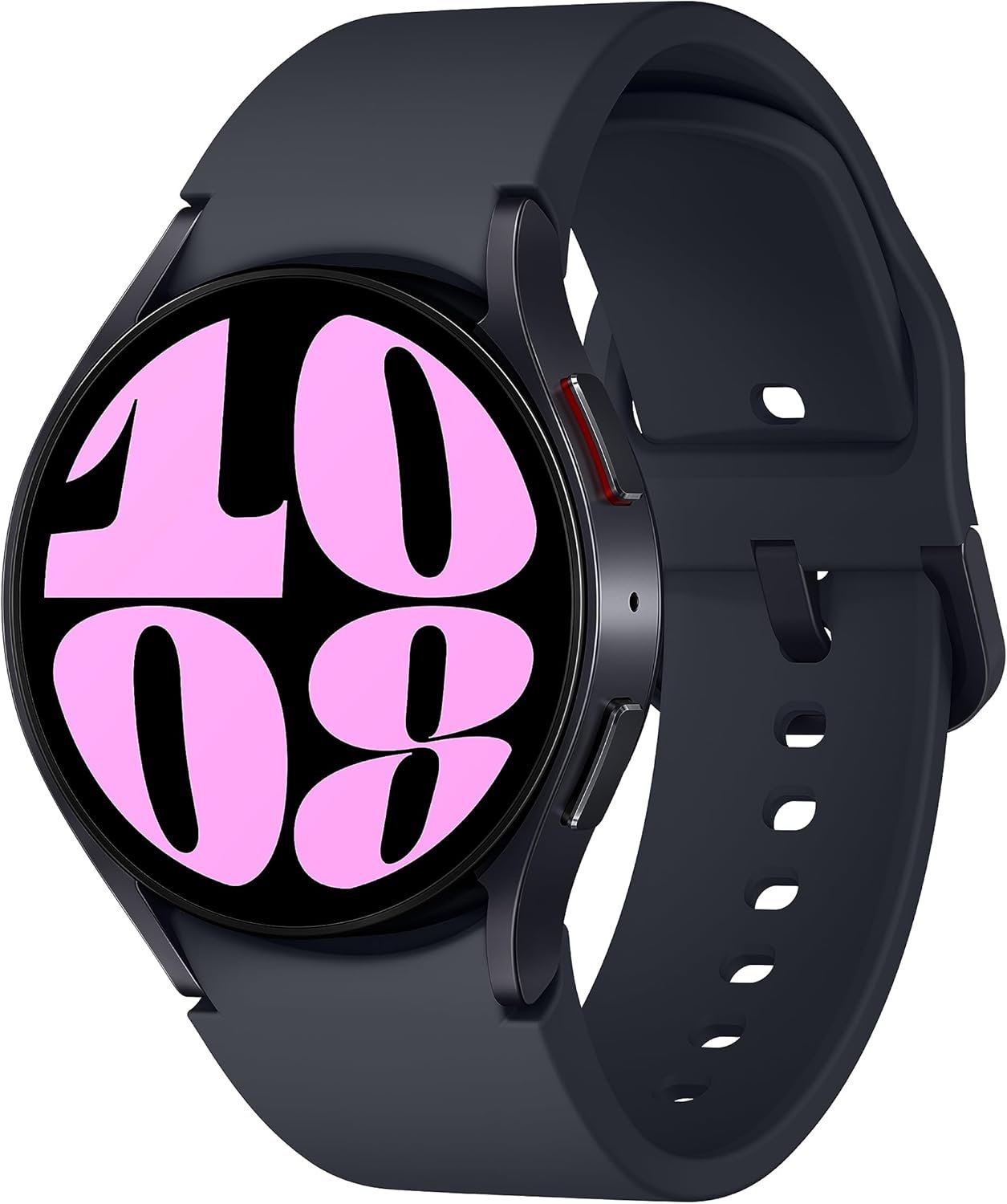
- Premium AMOLED display with thin bezels and always-on mode
- Advanced health tracking: ECG, body composition, sleep coaching
- Rotating bezel option on Classic model for easy navigation
- Solid 1.5–2 day battery life with fast charging
- Deep Samsung ecosystem integration: camera control, notifications, and more
- Some health features (like ECG) require Samsung phones
- Bixby is the default assistant — Google Assistant requires manual setup
- Accuracy of body composition metrics may vary
- Battery may drop quickly with AOD + GPS usage
| Feature | Pixel Watch 2 | Galaxy Watch 6 / Classic |
|---|---|---|
| Operating System | Wear OS 4 (stock Google experience) | Wear OS 4 with One UI Watch 5 |
| Processor | Snapdragon W5 Gen 1 | Exynos W930 |
| Display | 1.2″ AMOLED, always-on | 1.3″/1.5″ Super AMOLED, always-on |
| Design | Minimalist, domed glass, aluminum build | Sleek or classic with rotating bezel (Classic model) |
| Health Tracking | Fitbit integration, heart rate, sleep, stress | Samsung Health, ECG, body composition, sleep coaching |
| Battery Life | Up to 24 hours, fast charging | 1.5–2 days, power-saving modes |
| Smart Assistant | Google Assistant (native) | Bixby (default), Google Assistant (manual install) |
| Best With | Pixel and Android phones using Google services | Samsung Galaxy phones for full features |
| Water Resistance | 5ATM + IP68 | 5ATM + IP68 |
| Connectivity | Wi-Fi, Bluetooth, LTE (optional) | Wi-Fi, Bluetooth, LTE (optional) |
| Price Range | $349–$399 | $299–$429 (varies by size and model) |
Quick Specs Comparison
At a glance, the Pixel Watch 2 vs Galaxy Watch 6 appear quite similar—they both run on Wear OS, offer round AMOLED displays, and pack in robust health tracking features. But under the surface, there are some notable differences. Google’s Pixel Watch 2 runs on the Snapdragon W5 Gen 1 chip, bringing snappier performance and better battery optimization compared to its predecessor. It’s tightly integrated with Google’s suite of services, offering native support for Assistant, Gmail, Calendar, and more.
May You Like: 10 Best Waterproof Fitness Trackers 2025If you’re comparing Pixel Watch 2 specs vs Galaxy Watch 6 specs, you’ll notice key differences in processing power, health sensors, and software experience—especially in how each brand approaches battery life and fitness integration.
The Galaxy Watch 6, on the other hand, sticks with Samsung’s own Exynos W930 processor, and comes in two styles—the standard model and the Classic, which revives the much-loved rotating bezel. It runs One UI Watch 5 on top of Wear OS, giving it a familiar feel for Samsung users, with features like Samsung Health, ECG, and body composition analysis leading its wellness tracking toolkit.
In terms of display, both watches offer bright, crisp AMOLED screens with always-on display modes. Battery life is comparable, though the Pixel Watch 2 aims for a full 24 hours on a single charge with improved fast charging, while Samsung’s Watch 6 edges slightly ahead in efficiency for some users.
Google Pixel Watch 2 – Refined Simplicity with Smart Google Integration
The Pixel Watch 2 carries forward Google’s minimalist design ethos, with a sleek, domed glass display that feels both futuristic and subtle. It’s comfortable to wear all day thanks to its compact size and lightweight aluminum build, making it a good fit even for smaller wrists. The AMOLED screen is sharp and vivid, with colors that pop and an always-on mode that keeps information at a glance without draining too much battery.
Performance & Software
Under the hood, the Pixel Watch 2 is powered by the Snapdragon W5 Gen 1 processor, a major upgrade over the original Pixel Watch. This results in smoother app performance, quicker interactions, and better overall efficiency—especially noticeable when using voice commands or navigating apps like Google Maps or Calendar. It runs Wear OS 4, giving it native support for Google’s full suite of services, something that no other Android watch does quite as well.
Health & Fitness Tracking
One of the Pixel Watch 2’s standout features is its deep Fitbit integration. The watch tracks everything from heart rate and sleep to stress levels and daily readiness, offering insights that go beyond surface-level stats. For users who care about fitness and recovery, this watch acts like a wearable coach that syncs directly with the Fitbit app. The upgraded multi-path heart rate sensor adds more accuracy to workout and health tracking—a clear improvement from the first-gen model.
Battery Life & Charging
Battery life is rated at around 24 hours, and real-world use generally supports that claim. While it won’t last two or three days like some hybrid watches, it does support fast charging, letting you juice it up in less than an hour. That’s a big win for busy users who don’t want to leave their watch charging overnight.
Real-Life Use & Ecosystem
The Pixel Watch 2 shines in its Google ecosystem synergy. Features like Google Assistant, Gmail notifications, YouTube Music control, and real-time directions via Google Maps feel native and seamless. It’s especially appealing if you already use Google services daily—this watch simply feels like an extension of your digital life.
Pros
- Improved Battery Life: Now lasts a full day with support for sleep tracking—an upgrade from the original.
- Smooth Performance: New processor and software deliver faster, more fluid app and interface response.
- Fitbit Integration: Deeper, more advanced health tracking with a redesigned Fitbit experience.
- Sleek, Comfortable Design: Minimalist style with a lightweight build for all-day wear.
- Google Services Support: Works seamlessly with Assistant, Wallet, Maps, and Google Home.
- IP68 Water Resistance: Safe for swimming and water workouts.
- Fast Charging: Recharges quickly—ideal for short top-ups during the day.
Cons
- Limited Size: Only available in 41mm, which may feel small for larger wrists.
- High Price: Priced on the higher end for its feature set and single size option.
- Fitbit Premium Required: Advanced metrics like sleep scores need a paid subscription.
- Screen Vulnerability: Domed glass looks great but may scratch more easily.
- Basic Workout Tracking: Limited options for customizing strength or interval training.
- No Repair Service: Google doesn’t offer screen or hardware repairs—only replacements.
- Charger Disconnection: Charger may disconnect easily if bumped, affecting charge reliability.
Samsung Galaxy Watch 6 – Feature-Packed & Fitness-Focused
When looking at Samsung Galaxy Watch 6 features, it’s clear Samsung prioritized both form and function—especially for users who want premium health tracking in a stylish design.
Galaxy Watch 6 brings a polished, modern look to the Android smartwatch world, especially in the Classic model, which reintroduces Samsung’s signature rotating bezel—a fan-favorite for navigating menus effortlessly without smudging the display. Even the standard model maintains a sleek, lightweight design, with a brilliant Super AMOLED display that delivers deep blacks and excellent outdoor visibility. The bezels are thinner this time around, giving you more screen real estate in essentially the same compact form.
Performance & Software
Performance-wise, Samsung has equipped the Watch 6 with its updated Exynos W930 processor, paired with 2GB of RAM. It runs One UI Watch 5, layered over Wear OS, which delivers a smooth and responsive user experience—especially if you’re already familiar with Samsung’s smartphone interface. Everything from app switching to responding to notifications feels intuitive and fast, and the interface is packed with small enhancements that make daily tasks easier.
Health & Fitness Tracking
Where the Galaxy Watch 6 really flexes its muscle is in health and fitness tracking. It offers a comprehensive suite of tools including heart rate monitoring, blood oxygen, ECG, and body composition analysis, which gives users detailed breakdowns of muscle mass, fat, and more. Samsung’s sleep tracking is particularly advanced, with in-depth insights and sleep coaching that makes it a standout feature for users focused on wellness and recovery.
Battery Life & Charging
Battery life remains solid, with most users getting around 1.5 to 2 days on a full charge depending on usage. It doesn’t quite double the Pixel Watch 2’s performance, but Samsung’s power-saving modes and better battery optimization can make a noticeable difference during travel or extended wear. Fast charging is also supported, helping you top off quickly when you’re in a rush.
Real-Life Use & Ecosystem
When it comes to ecosystem integration, the Galaxy Watch 6 works best with Samsung Galaxy smartphones, unlocking exclusive features like camera control, message sync, and deeper Samsung Health data access. That said, it’s still compatible with most Android phones and performs well even outside the Samsung bubble—but Galaxy device users will undoubtedly get the richest experience.
Pros
- Brighter Display: Larger OLED screen with slimmer bezels—great visibility even in sunlight.
- App Variety: Offers a broad range of apps for added functionality.
- Comprehensive Health Tracking: Includes skin temperature, sleep analysis, and auto workout detection.
- Comfortable Fit: Improved strap design enhances long-term comfort.
- Rotating Bezel (Classic): Digital bezel makes navigation fast and intuitive.
- Samsung Ecosystem Integration: Works seamlessly with Samsung phones and Google apps.
Cons:
- Short Battery Life: Often needs daily charging with active use.
- Heart Rate Inaccuracy: Some users report minor tracking inconsistencies.
- High Price: Premium features come at a higher cost.
- ECG/BP Limitations: Works only when paired with Samsung phones.
- Body Comp Accuracy: Metrics like body fat may lack precision.
Which One Should You Choose?
Choosing between the Pixel Watch 2 and Galaxy Watch 6 really comes down to how you use your devices—and which ecosystem you’re more invested in. If you’re a Google power user who relies on apps like Assistant, Gmail, Maps, and Calendar, the Pixel Watch 2 offers a smoother, more native experience. Its tight integration with Google services, combined with Fitbit’s health tracking capabilities, makes it an excellent all-rounder for productivity and wellness.
So, which Android watch is better in 2025? It ultimately depends on whether you prioritize ecosystem compatibility, advanced health tracking, or long-term battery performance.
Ecosystem preference (Google vs Samsung)
On the flip side, if you’re already using a Samsung Galaxy smartphone, the Galaxy Watch 6 feels like a natural extension of your phone. From deeper Samsung Health insights to remote camera controls and smart notifications, it adds an extra layer of functionality that only comes alive within the Samsung ecosystem. And if advanced fitness tracking is your priority—especially tools like body composition analysis or more detailed sleep coaching—the Watch 6 edges ahead.
Design & Display
When it comes to design and display, it’s largely a matter of personal taste. The Pixel Watch 2 leans sleek and compact, while the Galaxy Watch 6—especially the Classic variant—offers a more traditional, bold aesthetic. Both watches are stylish and durable, but the rotating bezel of the Watch 6 Classic is a unique bonus for those who prefer tactile controls.
Battery Life
In terms of battery life, Samsung takes a slight lead, especially with its power-saving options. However, if you don’t mind daily charging and want fast top-ups, the Pixel Watch 2 still holds its own.
Ultimately, both are among the best Android wearables available in 2025. Your decision hinges on which ecosystem you prefer, how important fitness tracking is to you, and what kind of design suits your everyday lifestyle.
Buying Guide: How to Pick the Best Android Wearable for You
If you’re trying to make a Wear OS smartwatch comparison, both the Pixel Watch 2 and Galaxy Watch 6 are excellent benchmarks of what modern Android wearables can offer in terms of performance, design, and daily usability.
Start by thinking about which digital ecosystem you’re already using. If your life runs on Google—think Assistant, Gmail, and Maps—the Pixel Watch 2 offers seamless integration that just works. On the flip side, if you use a Samsung Galaxy smartphone, the Galaxy Watch 6 provides extra functionality like deeper notification syncing, camera control, and tighter Samsung Health features.
Fitness & Health Tracking Needs
If health tracking is high on your list, the Galaxy Watch 6 stands out with its body composition analysis, ECG, and sleep coaching tools. The Pixel Watch 2, however, leverages Fitbit’s refined tracking for a balanced approach to wellness and readiness—but doesn’t go quite as deep in raw health metrics as Samsung’s offering.
Battery Life Preferences
While both watches offer a full day of use, Samsung pulls slightly ahead with better battery optimization and customizable power-saving settings. That makes it a better pick for people who don’t want to worry about nightly charging. The Pixel Watch 2 counters with faster charging, which is perfect for quick top-ups during busy mornings.
Design & Wearability
The Pixel Watch 2 features a minimalist, lightweight design ideal for those who prefer a smaller, more discreet smartwatch. In contrast, the Galaxy Watch 6, especially the Classic version, has a more traditional look with the added bonus of a rotating bezel for easy navigation—great for users who want both style and function.
Your Daily Routine
Ultimately, the right choice depends on your lifestyle. Are you looking for deep fitness insights, or more of a productivity companion? Do you want a smartwatch that blends into your wardrobe or one that feels like a full-featured digital assistant? Matching the watch to your habits will make all the difference.

